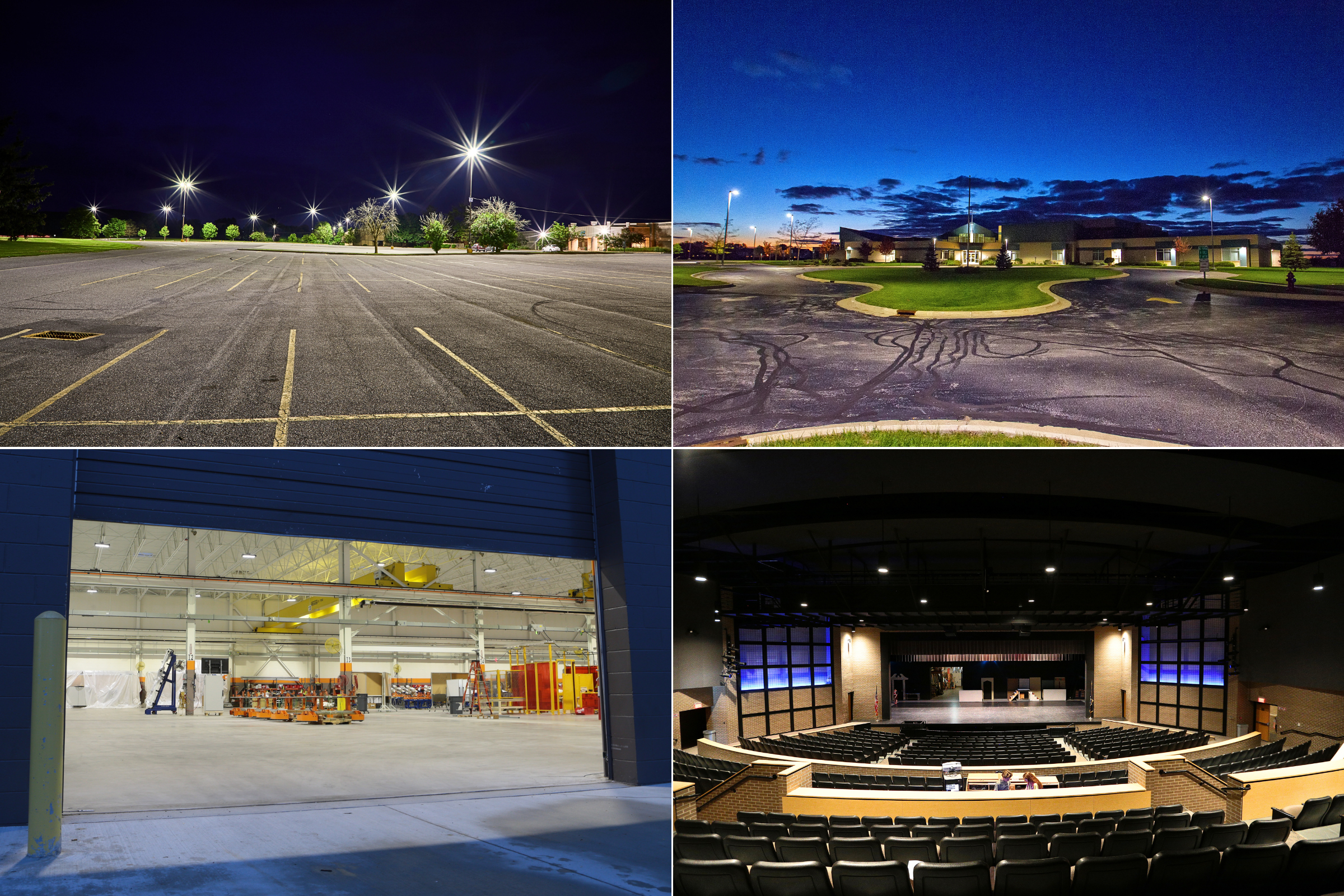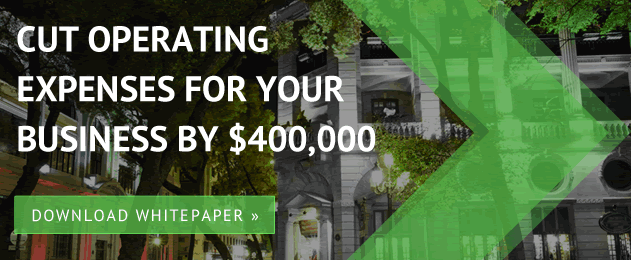
As technology continues to evolve, the LED lighting industry is stepping into 2025 with groundbreaking innovations that promise to revolutionize how we illuminate our homes, businesses, and cities. LEDs are no longer just a source of light; they are becoming integral to sustainability, smart technology, and personalized experiences. Let’s explore the key trends set to shape the LED lighting landscape in 2025, with a focus on the decline of fluorescent lighting, the rise of network lighting controls, and the growing demand for LED technology.
The Decline of Fluorescent Lighting
With advancements in LED technology and increasing regulations on energy efficiency, fluorescent lighting is rapidly being phased out. Key drivers include:
-
Regulatory Pressure: Governments worldwide are implementing bans and restrictions on inefficient fluorescent bulbs to promote sustainability.
-
Cost Efficiency: LEDs offer lower operational costs and longer lifespans, making them a superior alternative for schools, universities, and municipalities.
-
Environmental Impact: Fluorescent lights contain hazardous materials like mercury, while LEDs are safer and easier to recycle.
The Rise of Network Lighting Controls
Network lighting controls (NLCs) are gaining traction as organizations seek smarter, more efficient lighting solutions. In 2025, expect:
-
Enhanced Energy Savings: Systems that adjust lighting based on occupancy, daylight levels, and usage patterns.
-
Centralized Control: Intuitive dashboards for managing lighting across large facilities, ideal for schools, campuses, and municipal buildings.
-
Integration with IoT: Seamless communication with other smart devices for optimized building performance.
Growing Demand for LED Technology
LED technology continues to dominate the market due to its versatility and efficiency. Factors driving this demand include:
-
Customization: LEDs offer tunable white lighting and RGB options, catering to diverse needs in educational and municipal settings.
-
Sustainability Goals: Organizations are prioritizing energy-efficient solutions to meet environmental targets.
-
Cost Reductions: Advances in manufacturing have made LEDs more affordable, accelerating adoption.
LED Lighting in Schools, Universities, and Municipalities
For businesses in the LED industry, focusing marketing efforts on schools, universities, and municipalities can yield significant opportunities. These sectors prioritize energy efficiency, cost savings, and modernized infrastructure. Key selling points include:
-
Reduced Energy Costs: Transitioning to LEDs can result in substantial savings on utility bills, freeing up funds for other projects.
-
Improved Learning and Working Environments: Tunable lighting can enhance concentration and comfort in educational spaces.
-
Scalability: LED solutions can be customized for various applications, from classrooms to sports facilities and city streets.
How LED Lighting for Schools, Universities, and Municipalities Will Evolve
The evolution of LED lighting in 2025 is about creating smarter, more sustainable, and adaptable environments. For schools, universities, and municipalities, embracing these advancements will mean improved energy efficiency, enhanced user experiences, and significant cost savings.
-
Upgraded Learning Environments: Schools and universities will adopt tunable lighting to create more effective learning environments. By adjusting color temperatures throughout the day, LEDs can improve focus during lessons and relaxation during breaks.
-
Enhanced Campus Safety: Outdoor LED lighting equipped with motion sensors and smart controls will increase visibility and safety on campuses and in municipal areas, reducing energy usage during off-peak hours.
-
Energy-Efficient Retrofits: Municipalities are expected to invest heavily in retrofitting existing infrastructure, such as streetlights, with energy-efficient LEDs, reducing maintenance costs and carbon footprints.
-
Multi-Functional Sports Lighting: Athletic facilities at schools and universities will adopt LED solutions that offer dynamic lighting modes, enhancing both practice sessions and game-day experiences.
-
Connected Ecosystems: Municipalities will integrate LED lighting with smart city initiatives, enabling centralized control of lighting, traffic signals, and environmental sensors for streamlined operations.

Sustainability and Circular Economy
Sustainability remains a key driver for innovation in the LED industry. Key advancements for 2025 include:
-
Recyclable Materials: Manufacturers are shifting towards eco-friendly materials and designs that allow for easier recycling of LED components.
-
Ultra-Efficient LEDs: New technologies are pushing the boundaries of energy efficiency, with LEDs consuming even less power while maintaining high output.
-
Solar-Powered LEDs: Integration with renewable energy sources is becoming more common, especially in outdoor and remote lighting applications.
Smart Lighting Integration
The rise of smart homes and IoT (Internet of Things) devices has made smart LED lighting more popular than ever. In 2025, expect to see:
-
Voice and App Controls: Greater compatibility with platforms like Alexa, Google Home, and Apple HomeKit.
-
Automation Features: Lights that adapt to your daily schedule or ambient conditions, such as automatically dimming during the evening.
-
Energy Monitoring: Advanced systems that track energy usage in real-time and suggest ways to reduce consumption.



